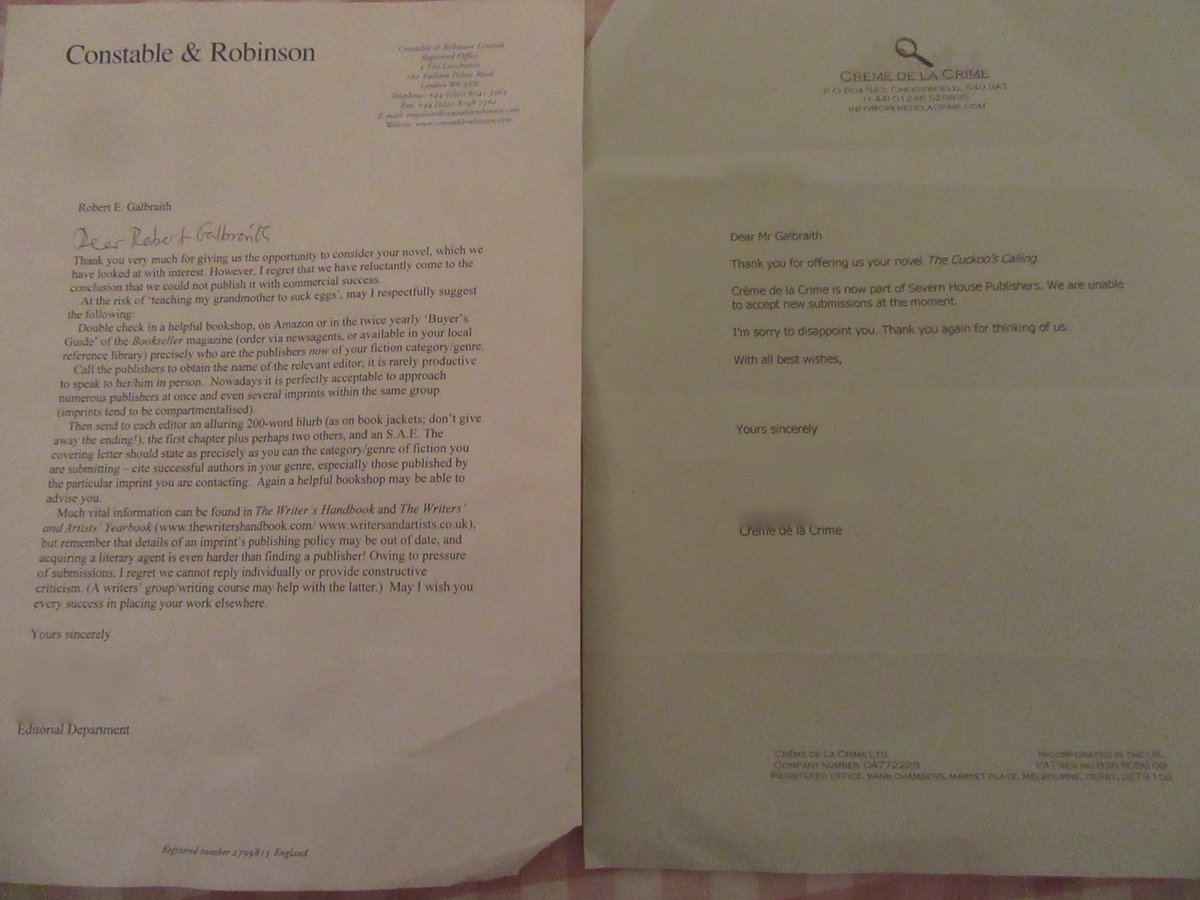Make a Living Writing Fiction: Follow these Ten Steps
By Elizabeth S. Craig
I’ve been asked by everyone from writers with day jobs to high school students if it’s possible to make a living as a writer. The answer is easy—it’s definitely possible. The next question is trickier to answer—how does one go about making a living as a writer?
Although some writers hit it big with a blockbuster book, the rest of us need to work harder and smarter. We need multiple books with multiple income streams to make it.
Here are my tips and best practices for making a living writing fiction.
I’m doing it, myself (if I weren’t I’d definitely be looking for a day job):
1) Write a popular genre that you enjoy reading and writing.
If you’re looking for commercial success, it’s best to choose a genre that’s popular with readers. There are readers who avidly follow new releases in their favorite genre, reading as many as they can get their hands on. Writing for those readers makes discoverability much easier than writing ‘a book that’s so unique, it’s impossible to categorize’ (something I’ve heard a writer say before).
But the second part of that tip is equally important—it’s vital that you choose a popular genre that you enjoy reading and writing. If you’re branding yourself to a genre, make sure it’s one you know inside and out. This will be much easier if you like reading those types of books.
2) Know what readers expect from the genre.
There are always specific conventions to follow.
Most genres have a particular pattern to them…readers expect to see the stories constructed a certain way. These conventions are helpful because they give us guidelines to follow.
It’s fine to ‘think outside the box,’ but probably better not to start out that way if we’re looking for success. It’s better to experiment after we have a more loyal readership and even then it can be tricky.
I’ve known well-established writers who flouted cozy mystery conventions and suffered poor reviews and angry readers because of it.
If you’re not sure what the conventions for your chosen genre are, step up your critical reading and note similarities in the books. Read customer reviews of these novels on retail sites to see what’s worked and what hasn’t for readers.
3) Write in series.
Readers enjoy reading series and writing in series definitely makes the process easier for authors. With series, we have a set story world, characters with developed traits, and a structure to work from. It’s a terrific time-saver and a way to quickly create more stories without having to reinvent the wheel each time we start a new book.
4) Write quickly.
If you can release at least one book a year, you’ll soon find yourself in a position to make more income.
Having several published books makes it easier to run promotions. You could lower the price of the first book or even make it free. You can give a book away to readers as an inducement to join your email newsletter list. Aside from the promotional aspect, having several published books gives us more ‘real estate’ and visibility on retail sites.
You can also write faster and more accurately by keeping a story bible for your series, noting any facts that you’ll need to know for future stories (character eye color, style of dressing, lisp, the street the protagonist lives on).
That way you won’t have to take time to reread your own books to research basic facts about your series.
Another way to make the most of your valuable writing time is by giving yourself a short prompt at the end of each writing session to remind yourself where you left off and what you plan on covering next.
5) Self publish.
I write three series, all of which started out with a trade publisher. I’m continuing two of them independently.
That’s because I realized that I was making more money by self-publishing than I was by publishing at Penguin-Random House…with fewer self-published books.
6) Publish well-edited, well-designed books.
Happy readers make for repeat readers. Make quality part of your brand.
Self-publishing, it’s said, is a misnomer. It takes a team to create really solid products.
7) Make your published books work harder for you.
- Have your books available in print as well as digital. Use both CreateSpace and IngramSpark to maximize your international reach.
- Expand into audiobooks.
- Make your books available in foreign markets and subscription services through distributors like PublishDrive, StreetLib, Draft2Digital, and Smashwords.
- Get your books in libraries through OverDrive, Baker and Taylor Axis 360, and Bibliotheca CloudLibrary through the previously mentioned aggregators.
- Accept paid public speaking gigs to talk about your books and your writing process.
8) Continue learning about changes in the publishing industry, better promotional methods, and emerging markets.
Invest time reading blogs that inform self-published authors, such as:
9) Be responsive to criticism.
Read your reviews, especially the critical ones. If enough readers comment or complain about a particular aspect of a character or your stories, consider making a change to strengthen your books and make them more appealing to readers.
10) Work smarter instead of harder with marketing to open up more time to write.
Promo can eat up time better spent writing. Make a focused list of promo areas you want to pursue and then mark the time to research, create, and implement on your calendar (Facebook ads, BookBub, etc.)
But also consider working smarter and setting up strategies that will help you in the long run without the continuous investment of time.
- Tweak keywords and keeping book metadata consistent for better discoverability.
- Link to your other books in your back matter.
- Make sure to have your newsletter signup link in a variety of places, including your email tagline, website sidebar, back matter of your books, and Facebook page.
- Inform your newsletter subscribers whenever you have a new release.
This approach won’t appeal to all writers and isn’t right for all writers. This type of production schedule is intense and multiple releases each year can create pressure for the writer. It can take a while to see significant returns…it’s usually a slow build. But for those of us who’d rather write instead of pursuing a day job—it’s worth it in the end.
***
What other tips have I missed for writers interested in writing fiction for a living? And thanks to Anne for hosting me today.
By Elizabeth S. Craig (@elizabethscraig) February 19, 2017.
 Elizabeth writes the Southern Quilting mysteries and Memphis Barbeque mysteries for Penguin Random House and the Myrtle Clover series for Midnight Ink and independently.
Elizabeth writes the Southern Quilting mysteries and Memphis Barbeque mysteries for Penguin Random House and the Myrtle Clover series for Midnight Ink and independently.
She blogs at ElizabethSpannCraig.com/blog and curates links on Twitter as @elizabethscraig that are later shared in the free search engine WritersKB.com. Elizabeth makes her home in Matthews, North Carolina, with her husband and two teenage children.
(Note from Anne: Follow Elizabeth on Twitter! Her “Twitteriffic” links are the best way to keep up with the publishing industry that I know! )
BOOK OF THE WEEK
Fall to Pieces: A Southern Quilting Mystery

When a quilting event falls to pieces, Beatrice works to patch things up.
Dappled Hills quilters are eagerly anticipating new events at the Patchwork Cottage quilt shop. The shop’s owner, Posy, has announced ‘Sew and Tell’ socials and a mystery quilt group project.
But one day, instead of emailed quilt instructions, the quilters receive a disturbing message about a fellow quilter. When that quilter mysteriously meets her maker, Beatrice decides to use her sleuthing skills to find the killer before more lives are cut short.
OPPORTUNITY ALERTS
Creative Nonfiction magazine seeks TRUE personal stories or profiles about people starting over after a failure or setback. Up to 4000 words. Paying market. $3 submission fee. Deadline June 19, 2017
C.G. JUNG SOCIETY OF ST. LOUIS ESSAY CONTEST $10 ENTRY FEE. Theme: Memories, Dreams, and Sensualities. They are looking for personal essays that add something unique to the conversation about Jungian ideas. Winners will have the opportunity to read their essays at our conference, Jung in the Heartland: Memories, Dreams Sensualities, October 2017. Winning essays published on the website. 1st Prize: $1,000. 2nd Prize: $500. 3rd Prize: $250. 3,500 words. Deadline: May 1, 2017.
LitMag pays up to $1000 for short stories! $250 for poetry and short-shorts. No reprints. They don’t consider work that’s previously been published either in print or online (including personal blogs.)
Write non-fiction? Impakter Magazine is looking for non-fiction articles and interviews (1000-3000 words max) in 4 verticals: Culture, Society, Style, Philanthropy. Articles about politics are also welcome but need to meet the magazine’s standard of high-quality content. The magazine publishes daily (except week-end) and each piece attracts 10-40,000 viewers (in majority college-educated millennials). No submission fee.
Publish with the Big 5 without an agent! Forever Yours, Digital-first Romance imprint of Hachette is now taking unagented submissions, from novellas to sagas (12K words t0 100K words.) No advance. 25% royalty. Professional editing, design, publicist. Print books over 50K words.
ROMANCE AUTHORS! Here’s a list of 31 small presses that specialize in romance and do not require an agent for submissions. Also compiled by the Authors Publish Newsletter.
25 PUBLISHERS YOU CAN SUBMIT TO WITHOUT AN AGENT. These are respected, mostly independent publishing houses–vetted by the great people at Authors Publish. Do check out their newsletter















You must be logged in to post a comment.